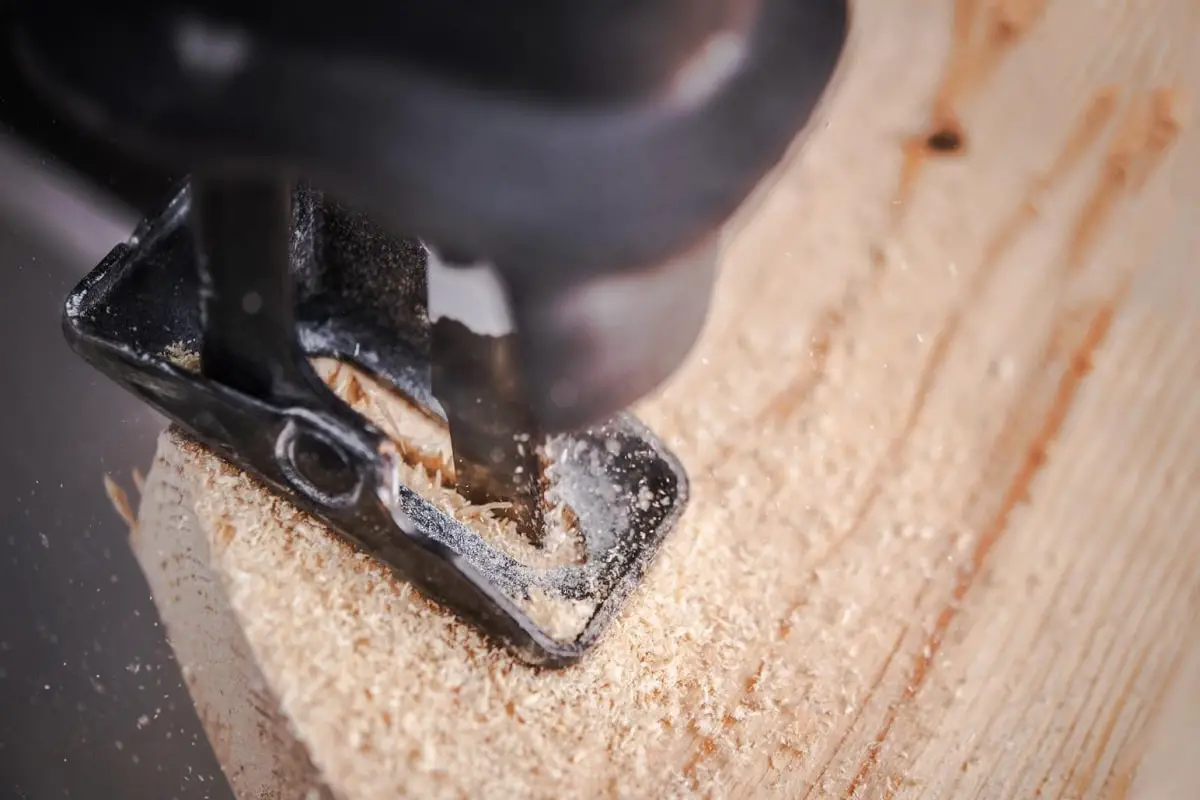Reciprocating saws are handy and effective cutting tools. However, they need to be used safely to prevent injuries and maintain productivity. Learn more below.
How To Use A Reciprocating Saw
Using a reciprocating saw is not difficult. It is an excellent tool to use when you are building something out of wood, like a chicken coop or chicken run. Back in my day reciprocating saws were expensive and rare. They would be shared by the entire community with only one person knowing how to use it at any given time. When that person was using the reciprocating saw others
Steps To Use A Reciprocating Saw:
- Make sure the work area is clear and you know exactly what and how you want to cut it.
- Wear gloves and a safety mask or glasses.
- Use the right blade for the material being cut.
- Check the blade to make sure it is secure in the chuck.
- Place one hand on the side of the saw, and one hand gripping the rear handle.
- Gently squeeze the trigger to engage the motor.
- Start the saw before contacting the material being cut.
- Place the material against the saw shoe (the flat metal part at the base of the blade) when cutting.
- When finished, unplug the saw and let it cool down before storing it.

How To Use A Reciprocating Saw Safely
Reciprocating saws are very easy and safe to use when in the right hands. They work by having the blade reciprocate back and fourth. The saw makes an up and down motion which can be very dangerous if not used properly.
The blade extends from the front of the saw up to 12+ inches, which can poke a person or damage an object nearby. Always have a clear workspace and room to maneuver the saw.
Reciprocating Saw Safety Test
You want to make sure the reciprocating saw is working properly and the blade will not fall out when using it. So, you need to test out the saw before approaching the material to cut.
Before cutting, run the reciprocating saw by gently squeezing the trigger until it is running at full speed.
If you are in an enclosed space, the reciprocating saw can cause the noise level to increase to a dangerous level. Put on hearing protection and test the sound level with it on as well.
Reciprocating Saw Safety Checks
Reciprocating saw safety checks include:
- Make sure the cord is securely plugged into the outlet.
- Make sure water or fluids are away from the work area.
- Make sure the blade is secure in the chuck before cutting.
- Make sure no passersby or other workers are too close to the work area.
- Make sure the trigger works properly.
- Make sure there is adequate space to weild the saw while you carry it without damaging other objects nearby.
Reciprocating Saw Safety Rules
There are no hard and fast safety rules you must follow when using a reciprocating saw. However, if you work for a company, they will have their own safety policies. You should adhere to these at all times.
It is recommended to follow any safety guildelines that apply to other power tools, such as circular saws, chainsaws, and power drills.
Should You Wear Gloves When Using A Reciprocating Saw?
Yes. A reciprocating saw blade can easily injure your hands while operating. Also, the material being cut, especially metal or wood, can hurt the fingers due to splinters or tiny metal shards. Reciprocating saws are generally safe, but they are still power tools with blades attached, so one must be careful.
To Recap
Reciprocating saws a can be fast and easy to use by a skilled operator. Just remember to keep safety in mind when using one to prevent any unnecessary injuries.

